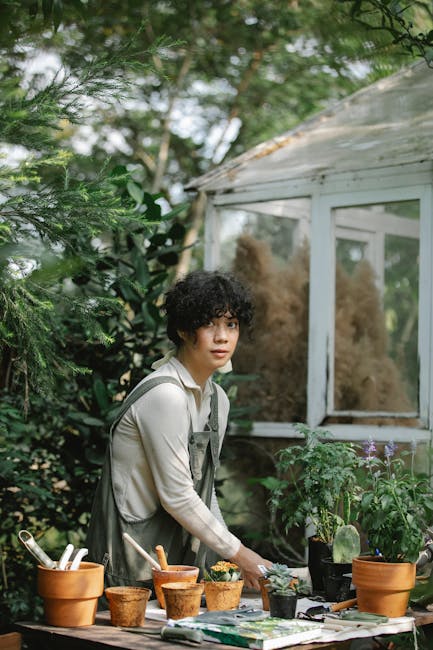Gardening is a rewarding hobby that brings us closer to nature, but transplanting plants into your garden can be a delicate process. Just as moving into a new neighborhood requires meticulous planning and timing for a smooth transition, so does transplanting your plants to ensure their growth and success.
Transplanting involves more than just digging a hole and placing a plant in it. Various factors, from proper timing to proper techniques, need to be considered. Here we discuss 10 common mistakes to avoid for successful plant transplantation.
Table of Contents
- 1 1. Transplanting Too Early
- 2 2. Skipping the Hardening Off Process
- 3 3. Transplanting at the Wrong Time of Day
- 4 4. Ignoring Plant Spacing Recommendations
- 5 5. Planting Rootbound or Stressed Plants
- 6 6. Overlooking Soil Preparation
- 7 7. Planting Too Deep or Too Shallow
- 8 8. Ignoring Water Requirements
- 9 9. Over- or Under-Fertilizing
- 10 10. Forgetting Mulch
1. Transplanting Too Early
Timing is crucial. Transplanting summer vegetables like peppers and tomatoes too early can expose them to stress and cold temperatures. Always wait for the right weather conditions.
2. Skipping the Hardening Off Process
Plants need time to acclimate to their new environment. Hardening off involves gradually exposing indoor-grown plants to outdoor conditions. This step is essential to help them adjust smoothly.
3. Transplanting at the Wrong Time of Day
Avoid transplanting plants during the heat of the day. The best times for transplanting are early morning or evening when the temperatures are cooler, reducing stress on the plants.
4. Ignoring Plant Spacing Recommendations
Proper spacing is key to ensure each plant has enough room to grow and receive adequate nutrients. Crowded plants can struggle to thrive and produce.
5. Planting Rootbound or Stressed Plants
Rootbound plants, with tightly wound roots, struggle to spread out and establish in new soil. Always check roots and gently loosen them before planting.
6. Overlooking Soil Preparation
Well-prepared soil is a foundation for healthy plants. Adding compost and ensuring the soil is well-drained and fertile can make a significant difference in plant growth.
7. Planting Too Deep or Too Shallow
The planting depth is also crucial. Planting too deeply can suffocate the plant, whereas too shallow planting may expose roots to air. Ensure you place the plant at the same depth it was previously grown.
8. Ignoring Water Requirements
Proper watering, especially after transplanting, is essential. Ensuring the soil is moist but not waterlogged helps the plant establish roots quickly.
9. Over- or Under-Fertilizing
Fertilization is important but must be balanced. Over-fertilizing can burn the plant roots, and under-fertilizing can lead to nutrient deficiencies. Follow the recommended guidelines for your specific plants.
10. Forgetting Mulch
Mulching helps retain moisture, suppress weeds, and regulate soil temperature. After transplanting, apply a layer of mulch around the plants to aid their growth.
Avoiding these common mistakes can make a significant difference in the success of your garden. Happy gardening! 🌱
